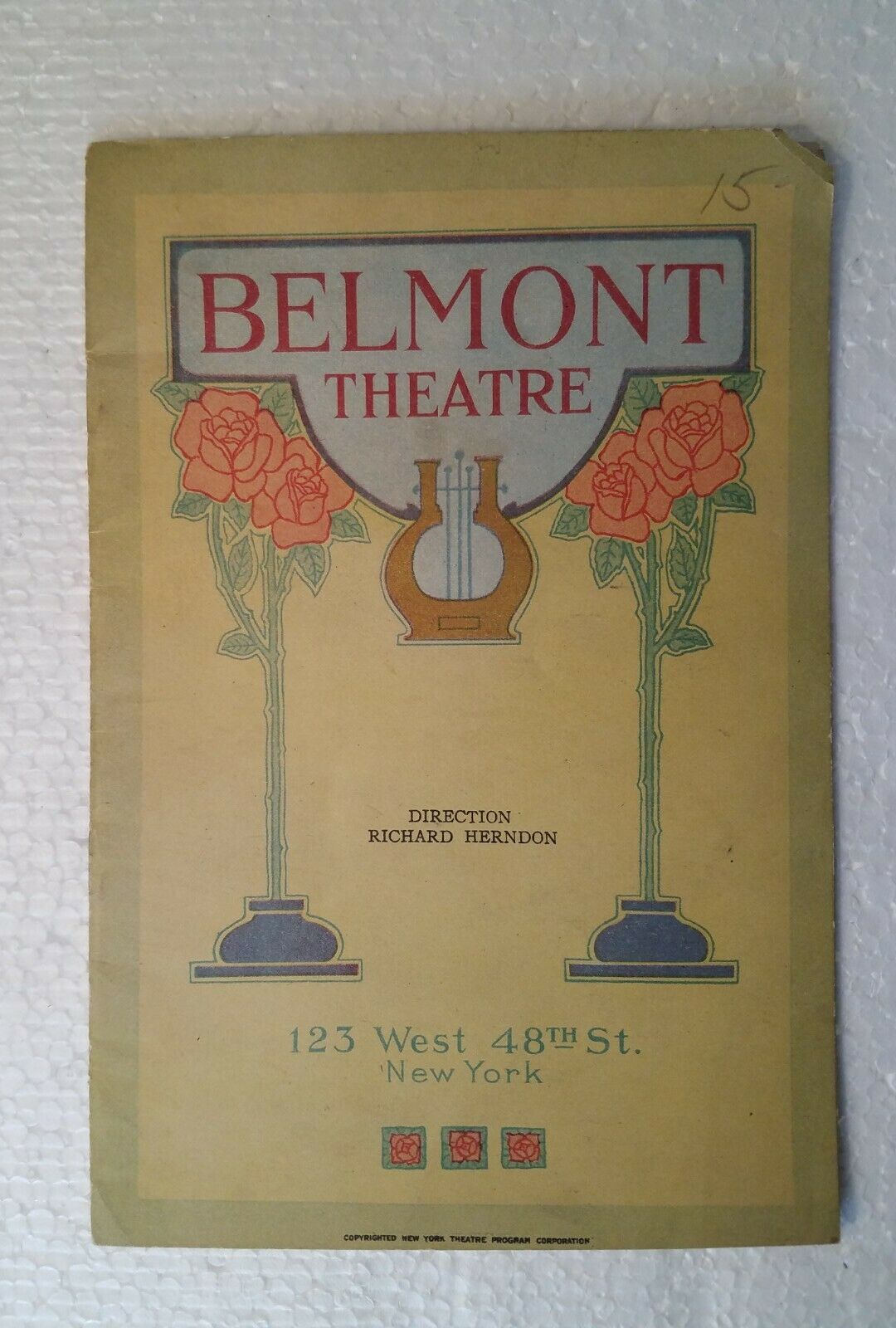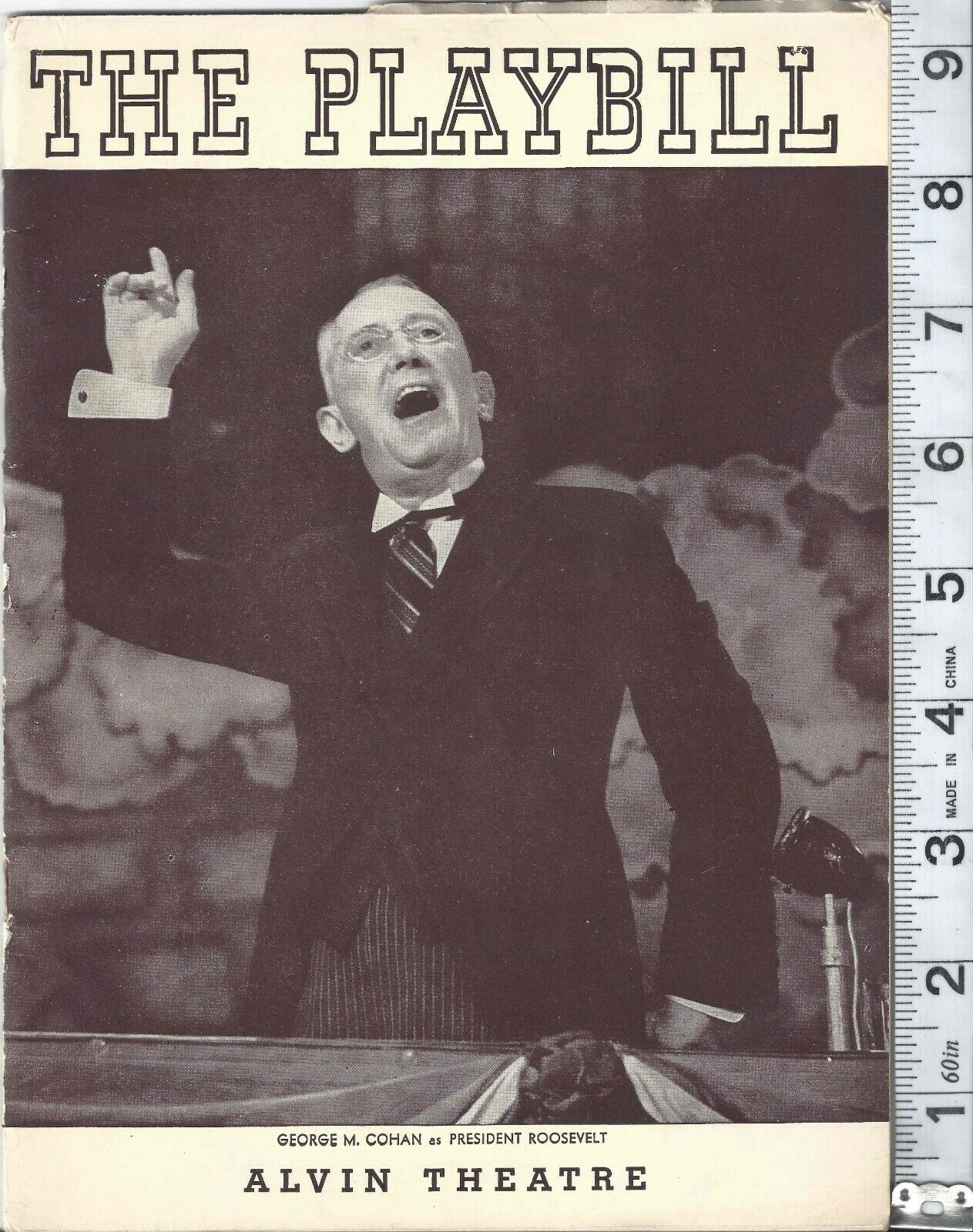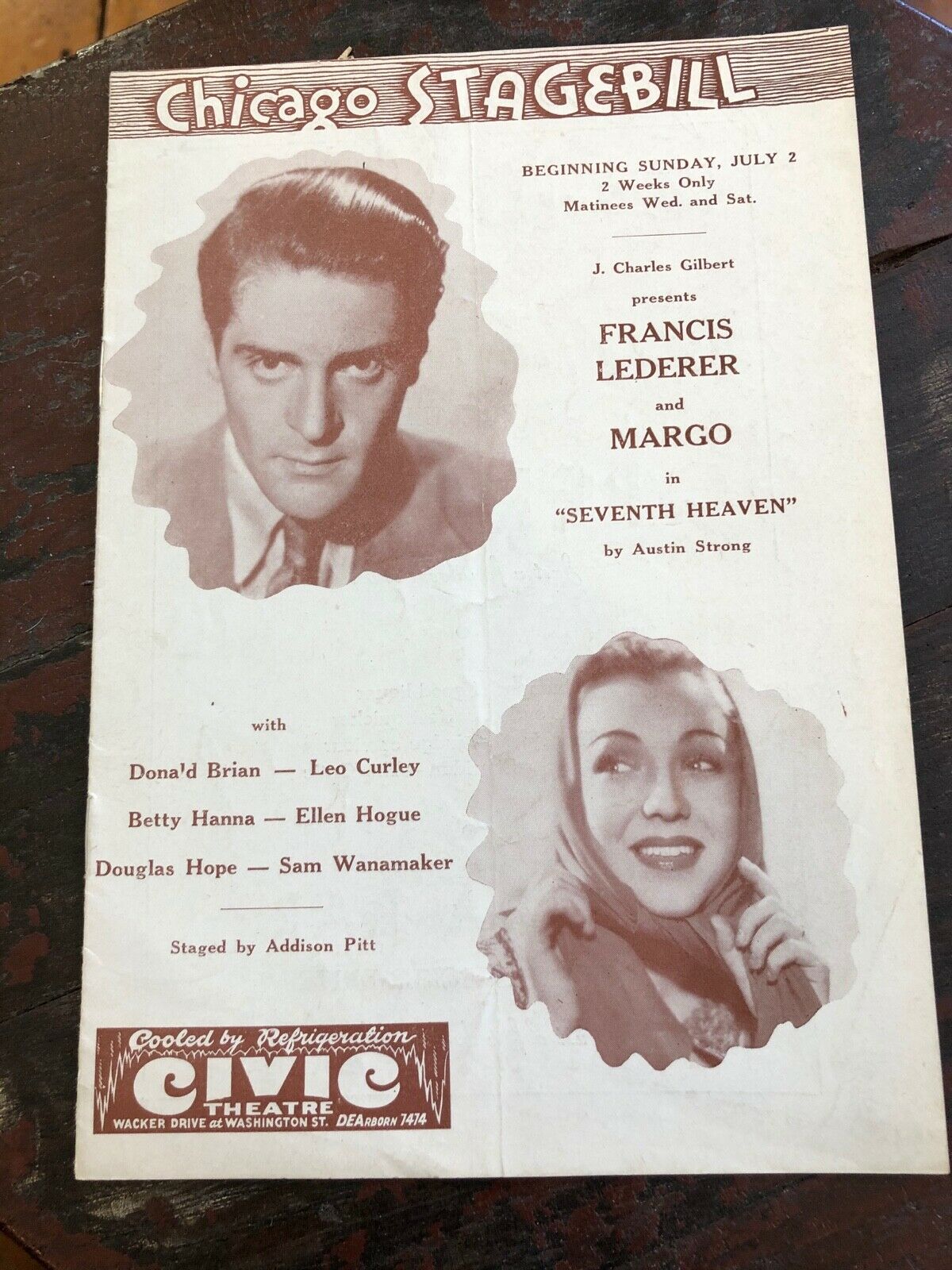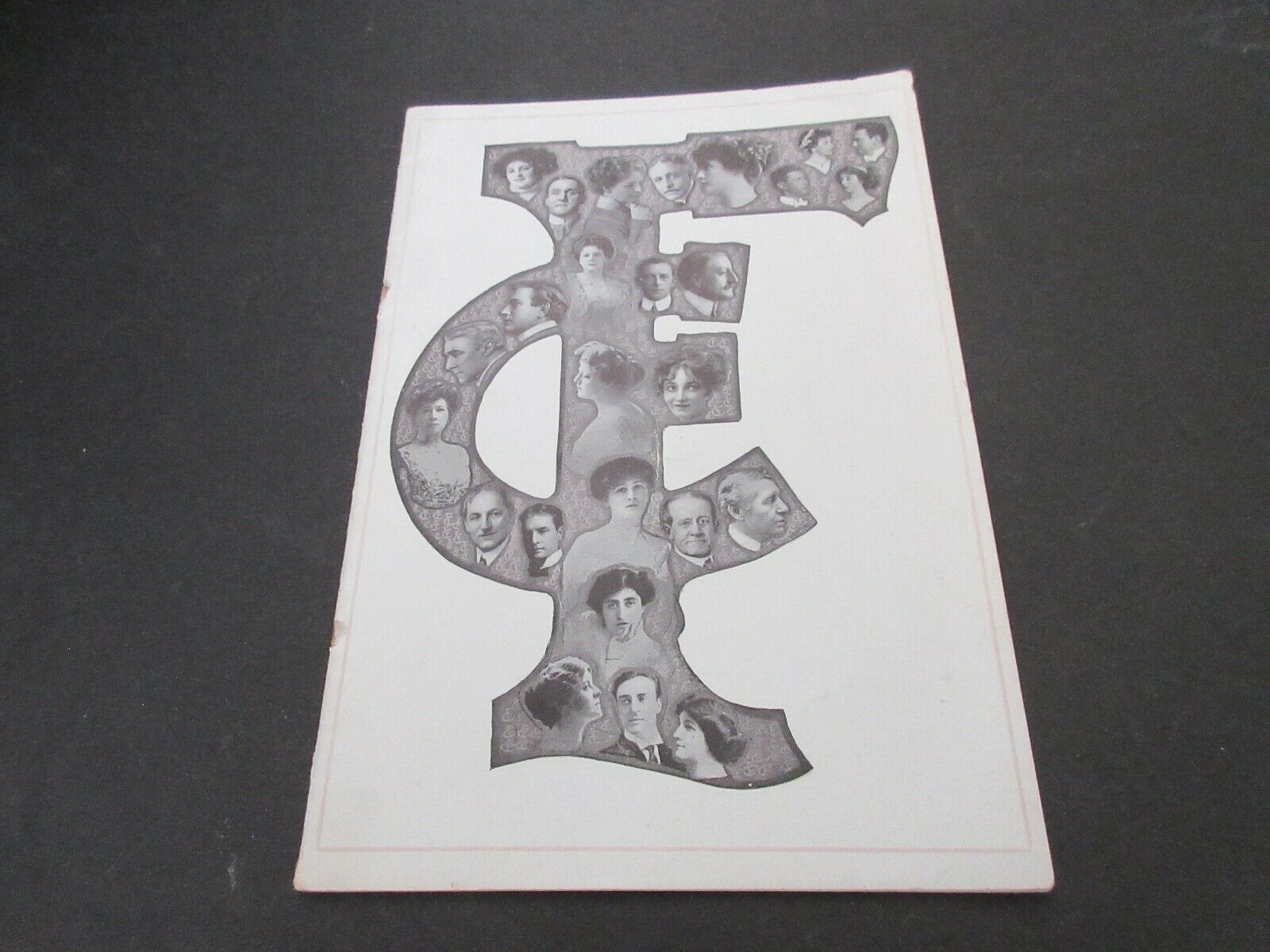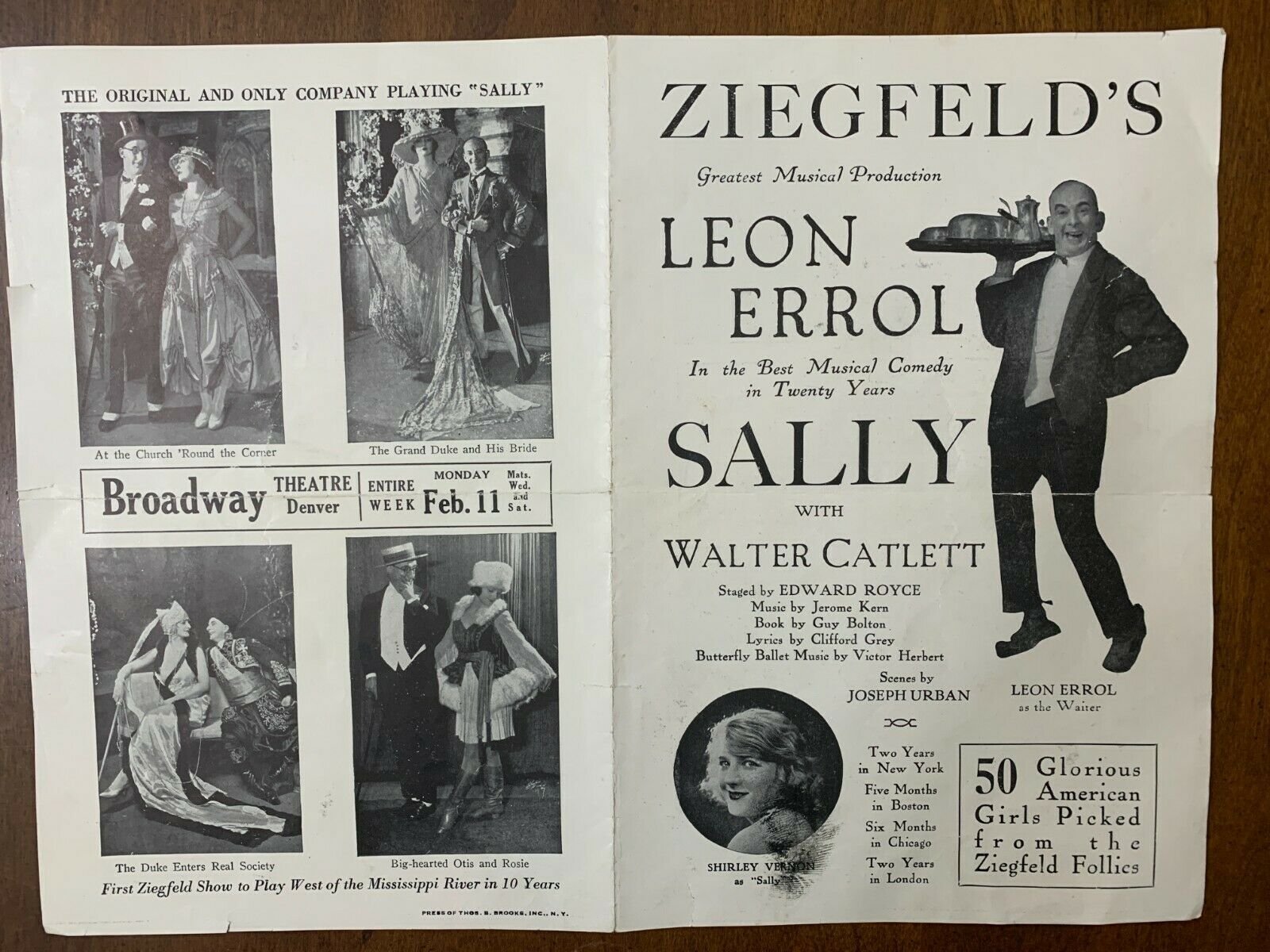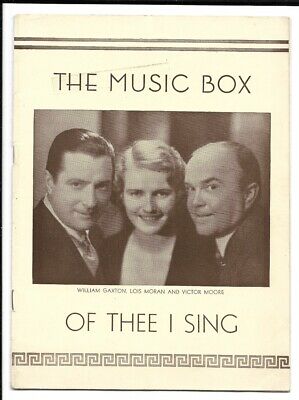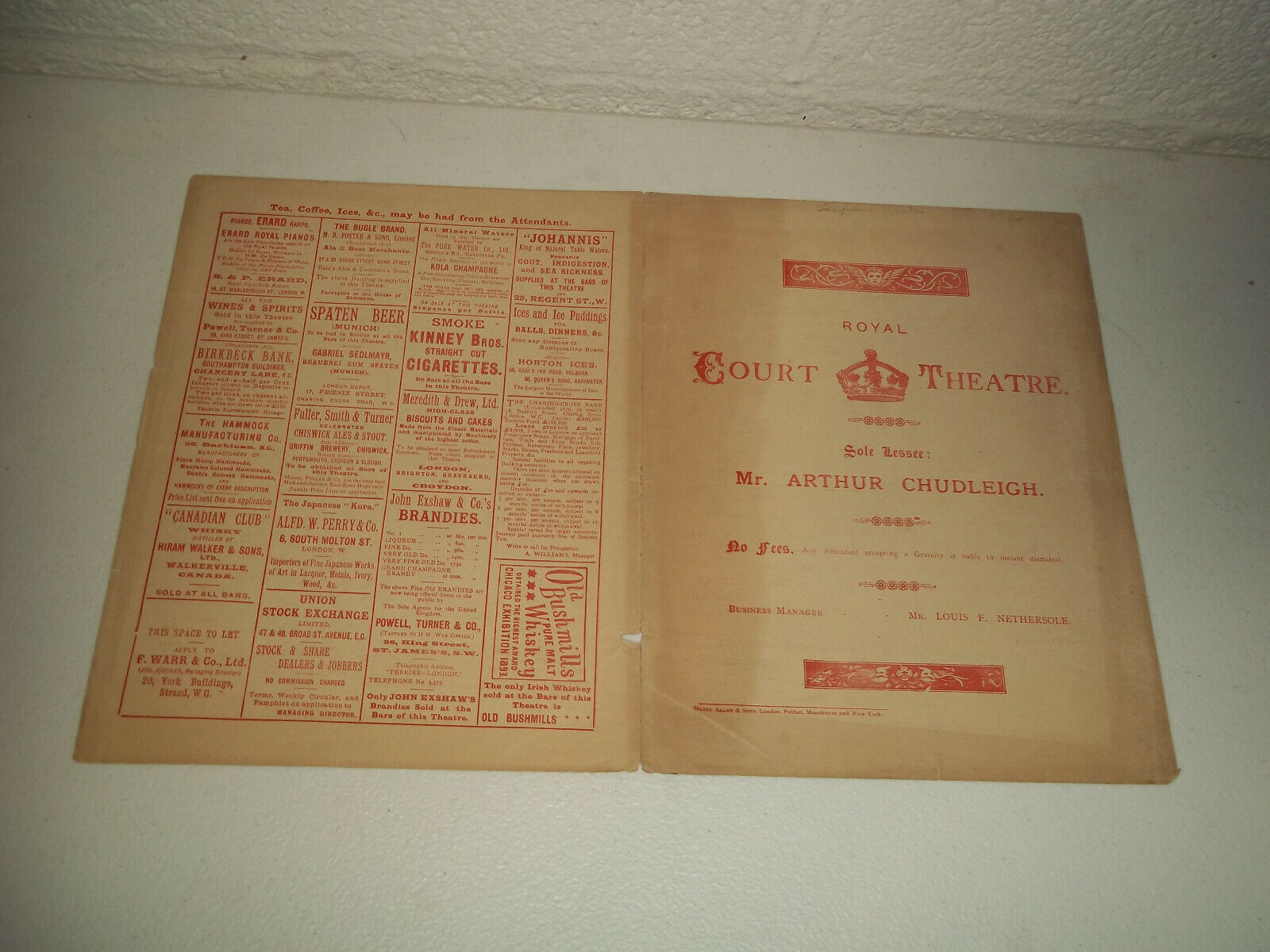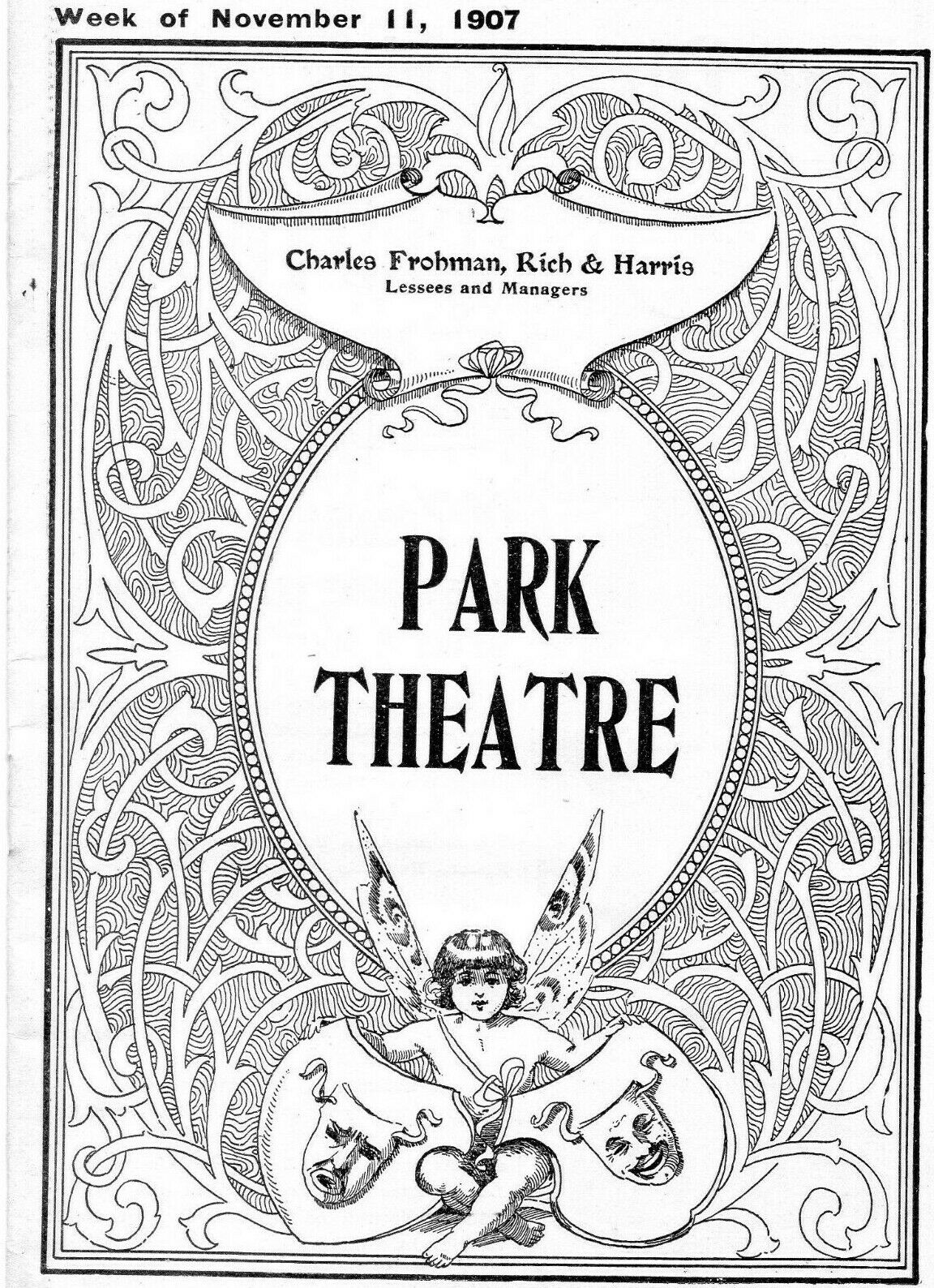-40%
*LEGENDARY STRONG MAN EUGEN SANDOW RARE 1893 PROGRAM*
$ 105.59
- Description
- Size Guide
Description
From the collection of the renowned 19th century American sculptor William Ordway Partridge--a rare original June 1893 program clip for legendary strong man Eugen Sandow, "The Man of Supernatural Strength," sharing the bill with Henry E. Dixey in Adonis. Clipped from a larger program and laid down to an eleven and a half by nine inch Victorian album page. Light wear otherwise good. See Eugen Sandow's extraordinary biography below.Combined shipping discounts for multiple purchases. Inquiries always welcome. Please visit my other eBay items for more early theatre, opera, film and historical autographs, photographs and programs and great actor and actress cabinet photos and CDV's.
From Wikipedia:
Eugen Sandow
(born
Friedrich Wilhelm Müller
,
German:
[ˈfʁiːdʁɪç ˈvɪlhɛlm ˈmʏlɐ]
; 2 April 1867 – 14 October 1925) was a Prussian
bodybuilder
and showman.
[2]
Born in
Königsberg
, Sandow became interested in bodybuilding at the age of ten during a visit to Italy.
[3]
After a spell in the circus, Sandow studied under strongman
Ludwig Durlacher
in the late 1880s.
[3]
On Durlacher's recommendation,
[3]
he began entering
strongman
competitions, performing in matches against leading figures in the sport such as
Charles Sampson
,
Frank Bienkowski
, and
Henry McCann
.
[2]
In 1901 he organised what is believed to be the world's first major body building competition. Set in London's
Royal Albert Hall
, Sandow judged the event alongside author
Arthur Conan Doyle
.
Sandow was born to a family of
Jewish
origin in
Königsberg
,
Prussia
(now
Kaliningrad
), on 2 April 1867. His father was
German
, while his mother was of
Russian
descent.
[4]
Although his parents were born Jewish, the family were
Lutherans
and wanted him to become a Lutheran minister.
[5]
: 6
[6]
[7]
He left Prussia in 1885 to avoid military service and traveled throughout Europe, becoming a circus athlete and adopting Eugen Sandow as his
stage name
, adapting and Germanizing his Russian mother's maiden name, Sandov.
In Brussels he visited the gym of a fellow strongman,
Ludwig Durlacher
, better known under his stage name "Professor Attila".
[8]
Durlacher recognized Sandow's potential, mentored him, and in 1889 encouraged him to travel to
London
and take part in a
strongmen
competition. Sandow handily beat the reigning champion and won instant fame and recognition for his strength. This launched him on his career as an athletic superstar. Soon he was receiving requests from all over Britain for performances. For the next four years, Sandow refined his technique and crafted it into popular entertainment with posing and incredible feats of strength.
Career
Sandow
, 1894 film
Florenz Ziegfeld
wanted to display Sandow at the 1893
World's Columbian Exposition
in
Chicago
,
[2]
but Ziegfeld knew that Maurice Grau had Sandow under a contract.
[9]
Grau wanted ,000 a week. Ziegfeld could not guarantee that much but agreed to pay 10 percent of the gross receipts.
[9]
Ziegfeld found that the audience was more fascinated by Sandow's bulging muscles than by the amount of weight he was lifting, so Ziegfeld had Sandow move in poses which he dubbed "muscle display performances" ... and the legendary strongman added these displays in addition to performing his feats of strength with
barbells
. He added chain-around-the-chest breaking and other colorful displays to Sandow's routine, and Sandow quickly became Ziegfeld's first star.
[
citation needed
]
In 1894, Sandow was featured in a
short film series
by the
Edison Studios
.
[10]
The film was of only part of his act and featured him flexing his muscles rather than performing any feats of physical strength.
While the content of the film reflected the audience's focus on his appearance, it made use of the unique capacities of the new medium. Film theorists have attributed the appeal being the striking image of a detailed image moving in synchrony, much like the example of the
Lumière brothers
'
Repas de bébé
where audiences were reportedly more impressed by the movement of trees swaying in the background than the events taking place in the foreground. In 1894, Sandow also appeared in a short
Kinetoscope
film that became the part of the first commercial motion picture exhibition in history.
[
citation needed
]
"A New Sandow Pose (VIII)" from
Sandow's Magazine of Physical Culture
(1902)
In April of that same year Sandow gave one of his "muscle display performances" at the 1894 California Mid-Winter International Exposition in Golden Gate Park at the "Vienna Prater" Theater.
[11]
While he was on tour in the United States, Sandow made a brief return to England to marry Blanche Brooks, a girl from
Manchester
. However, due to stress and ill health he returned permanently to recuperate.
[
citation needed
]
He was soon back on his feet, and opened the first of his Institutes of Physical Culture, where he taught methods of exercise, dietary habits and weight training. His ideas on physical fitness were novel at the time and had a tremendous impact. The Sandow Institute was an early gymnasium that was open to the public for exercise.
[12]
In 1898 he also founded a monthly periodical, originally titled
Physical Culture
and subsequently renamed
Sandow's Magazine of Physical Culture
that was dedicated to all aspects of physical culture. This was accompanied by a series of books published between 1897 and 1904 – the last of which coined the term 'bodybuilding' in the title (as "body-building").
[13]
He worked hard at improving exercise equipment, and had invented various devices such as rubber strands for stretching and spring-grip dumbbells to exercise the wrists. In 1900
William Bankier
wrote
Ideal Physical Culture
in which he challenged Sandow to a contest in weightlifting, wrestling, running and jumping. When Sandow did not accept his challenge Bankier called him a coward, a charlatan and a liar.
[5]
: 171
In 1901, Sandow organized the world's first major bodybuilding competition in London's
Royal Albert Hall
. The venue was so full that people were turned away from the door. The three judges presiding over the contest were Sir
Charles Lawes
the sculptor, Sir
Arthur Conan Doyle
the author, and Sandow himself.
[14]
In 1902, Sandow was defeated by
Katie Brumbach
in a weightlifting contest in New York City. Brumbach lifted a weight of 300 pounds over her head, which Sandow managed to lift only to his chest. After this victory, Brumbach adopted the stage name "Sandwina" as a feminine derivative of Sandow.
[15]
[16]
In 1906, Sandow was able to buy the lease of 161 (formerly 61)
Holland Park Avenue
, thanks to a generous gift from an Indian businessman,
Sir Dhunjibhoy Bomanji
, whose health had improved dramatically after he had adopted Sandow's regime. This grand four-storey end-of-terrace house – which was named Dhunjibhoy House after his benefactor – was his home for 19 years.
[17]
[18]
[19]
He travelled around the world on tours to countries as varied as South Africa, India, Japan, Australia, New Zealand. At his own expense, from 1909 he provided training for would-be recruits to the
Territorial Army
, to bring them up to entrance fitness standards, and did the same for volunteers for active service in
World War I
.
[20]
He was even designated special instructor in physical culture to King
George V
, who had followed his teachings, in 1911.
[21]
The Grecian Ideal
Sandow models the statue
The Dying Gaul
, illustrating his Grecian Ideal.
Sandow's resemblance to the physiques found on classical
Greek
and
Roman sculpture
was no accident, as he measured the statues in museums and helped to develop "The Grecian Ideal" as a formula for the "perfect physique". Sandow built his physique to the exact proportions of his Grecian Ideal, and is considered the father of modern bodybuilding, as one of the first athletes to intentionally develop his musculature to predetermined dimensions. In his books
Strength and How to Obtain It
[22]
and
Sandow's System of Physical Training
, Sandow laid out specific prescriptions of weights and repetitions in order to achieve his ideal proportions.
Personal life
In 1894
Sandow married Blanche Brooks in 1896.
[21]
They had two daughters, Helen and Lorraine.
[23]
[24]
Influence on yoga
Sandow was acclaimed on his 1905 visit to India, at which time he was already a "cultural hero" in the country at a time of strong nationalistic feeling. The scholar
Joseph Alter
suggests that Sandow was the person who had the most influence on modern
yoga as exercise
, which absorbed a variety of exercise routines from
physical culture
in the early 20th century.
[25]
[26]
Death
Sandow's grave at
Putney Vale Cemetery
, in 2012
Sandow died at his home in
Kensington
, London, on 14 October 1925 of what newspapers announced as a
brain hemorrhage
at age 58.
[1]
[27]
It was allegedly brought on after straining himself, without assistance, to lift his car out of a ditch after a road accident two or three years earlier.
[28]
However, without an
autopsy
, his death was certified as due to
aortic aneurysm
.
[28]
Sandow was buried in an unmarked grave in
Putney Vale Cemetery
at the request of his wife, Blanche. He was unfaithful to his wife later in marriage, and she refused to mark his grave.
[28]
In 2002, a gravestone and black marble plaque was added by Sandow admirer and author Thomas Manly.
[
citation needed
]
The inscription (in gold letters) read "Eugen Sandow, 1867–1925, the Father of Bodybuilding". In 2008, the grave was purchased by Chris Davies, Sandow's great-grandson.
[29]
Manly's items were replaced for the anniversary of Sandow's birth that year and a new monument, a one-and-a-half-ton natural pink sandstone monolith, was put in its place. The stone, simply inscribed "SANDOW 1867-1925", is a reference to the ancient Greek funerary monuments called
steles
.
Legacy
1894 poster for the Sandow Trocadero Vaudevilles, produced by
F. Ziegfeld Jr.
in one of his first productions
[30]
[31]
Sandow was befriended by
King George V
,
Thomas Edison
,
Sir Arthur Conan Doyle
and classical pianist
Martinus Sieveking
. He was portrayed by the actor
Nat Pendleton
in the Academy Award-winning
film
The Great Ziegfeld
(1936).
"Physical Strength and How to Obtain It by Eugene [sic] Sandow"
is mentioned as being on the bookshelves of Leopold Bloom in
James Joyce
's 1922 novel
Ulysses
.
As recognition of his contribution to the sport of bodybuilding, a bronze statue of Sandow sculpted by
Frederick Pomeroy
has been presented to the winner of the
Mr. Olympia
contest, a major professional bodybuilding competition sponsored by the
International Federation of Bodybuilders
, since 1977.
[32]
This statue is simply known as "The Sandow".
In 2013, Eugen Sandow was portrayed by the Canadian bodybuilder Dave Simard in the film
Louis Cyr
.
Sandows (London) cold brew coffee is named after him.
[33]
English Heritage
put up a
blue plaque
on his house at 161 Holland Park Avenue in west London in 2009;
[34]
it describes him as a "Body-Builder and Promoter of Physical Culture".
Sandow (or a character modeled and named after him) appears in the eleventh episode of Season 3 of
The Venture Bros.
, in which he is voiced by
Paul Boocock
and appears alongside other contemporary entertainers.



